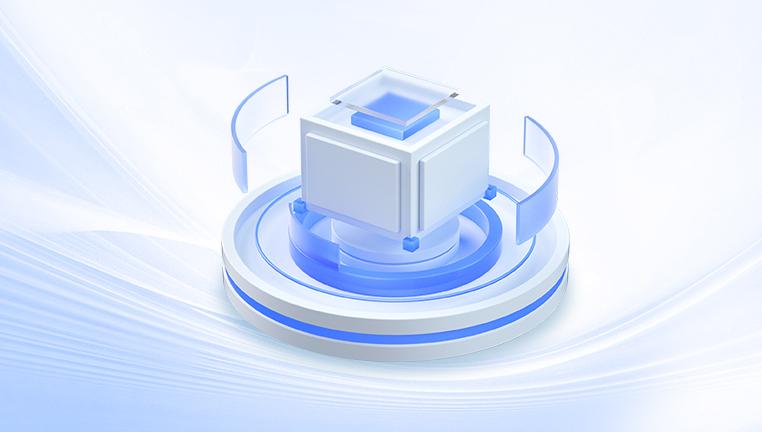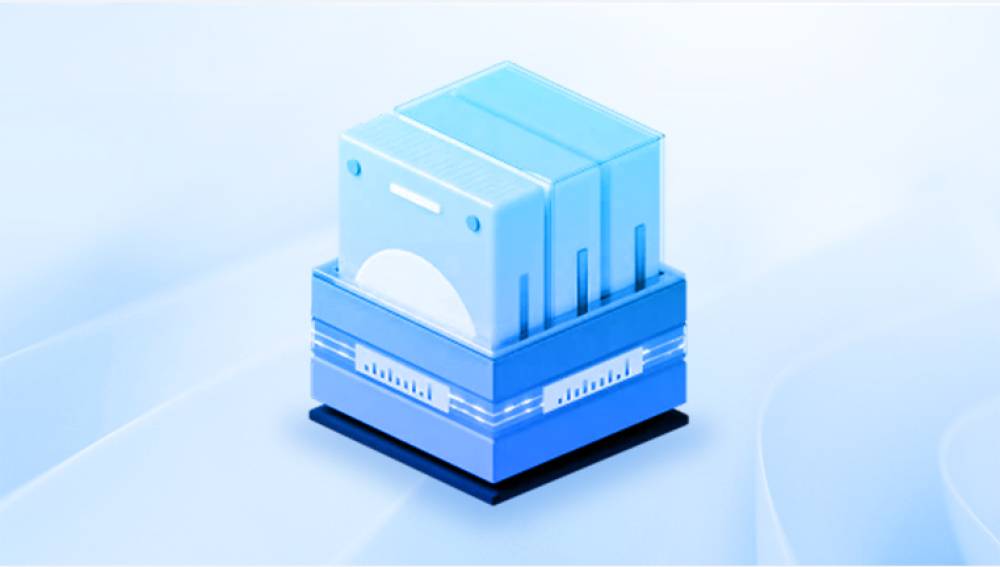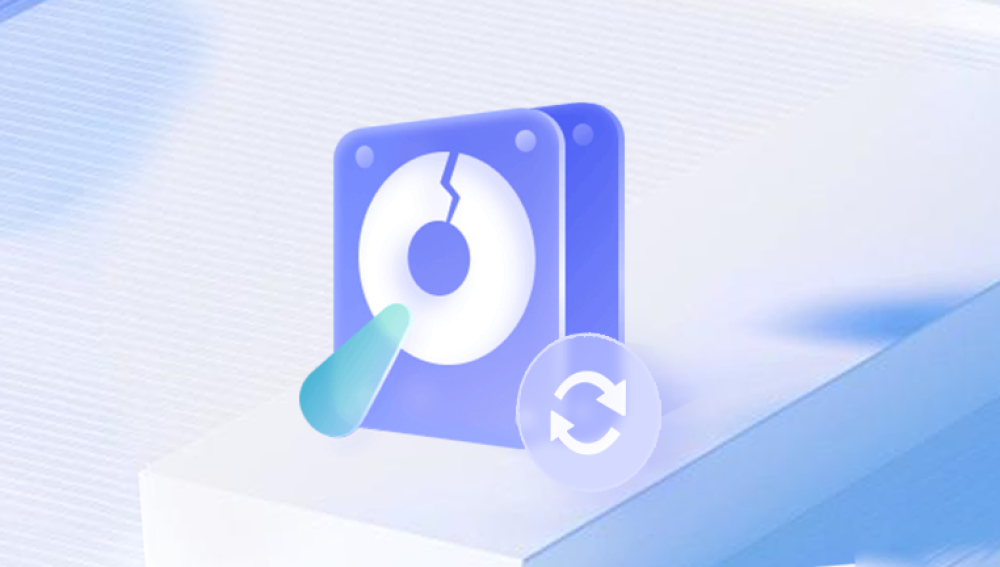Your hard drive is the storage heart of your computer, safeguarding your personal documents, photos, videos, and critical work files. But what happens when the drive simply won’t turn on? It’s a scary situation no spinning sounds, no detection by your computer, and a looming fear that your data might be lost forever. However, all is not lost. A hard drive failing to power on is often a hardware issue that can sometimes be repaired or circumvented to recover your precious files.
The first step in recovery is understanding why your hard drive won’t power on. This insight guides your recovery approach.
Common Causes:
Power Supply Failure
If the drive isn’t receiving power, it won’t spin up or operate. This could be due to a faulty power cable, power adapter (for external drives), or the USB/ SATA connection.

Printed Circuit Board (PCB) Damage
The PCB controls drive operations. Damage to this board—caused by power surges, static discharge, or physical damage—can prevent the drive from starting.
Mechanical Failure
Physical internal parts like the spindle motor or read/write heads might have seized or failed, resulting in no movement.
Firmware Corruption
The firmware is the drive’s embedded operating system. Corruption here can prevent startup.
Connector or Port Issues
Damaged or loose cables or faulty USB/SATA ports on the computer can cause power delivery issues.
External Factors
Drops, liquid exposure, or extreme temperatures can cause immediate hardware failure.
Preliminary Troubleshooting Steps
Before assuming the drive is dead, perform some initial troubleshooting:
1. Check Your Power Source
For external drives, verify that the power adapter is plugged in and functional. Try swapping it with another compatible adapter if available.
For internal drives, ensure the SATA power connector is securely connected to the drive and power supply unit.
2. Test Different Ports and Cables
Try connecting the drive to another USB or SATA port.
Replace cables (USB or SATA) with known working ones.
For USB-powered external drives, try plugging directly into your computer instead of a hub or extension cable.
3. Try Another Computer
Sometimes, the computer or its ports are at fault. Connect your hard drive to a different computer to see if it powers on or is recognized.
4. Listen and Feel
When plugged in, listen for any spinning or clicking noises.
Gently feel if the drive vibrates—indicating the motor is attempting to spin.
If no sound, no vibration, and no detection, proceed to advanced options.
Safety Precautions Before Further Attempts
Do Not Open the Hard Drive Yourself
Hard drives are manufactured and repaired in cleanrooms to avoid dust contamination. Opening the case yourself risks permanent damage.
Avoid DIY Power “Fixes” That Risk Further Damage
Some forums suggest tapping or freezing drives. These methods are risky and usually worsen damage.
Stop Using Faulty Drives
Continuing to power on a failing drive can cause further mechanical damage.
Attempting DIY Repairs on PCB Issues
If you suspect the PCB might be the issue (e.g., no power, no spinning, no light), some users try replacing it.
Important Notes:
PCB swaps must be done with a board from the exact same model and firmware version.
Modern drives have unique adaptive data on their PCBs (in EEPROM chips), so simply swapping boards may not work unless the chip is also cloned.
How to Identify Your PCB
Look up your drive’s model and serial number.
Find a matching donor PCB online or from a similar drive.
If you have the skills and tools, you can:
Swap PCBs cautiously.
Use a chip programmer to clone EEPROM data if necessary.
This is an advanced option, best left to professionals.
Using Data Recovery Software — When Is It Possible?
If your drive physically doesn’t turn on, software recovery tools won’t help because the drive must be detected by your computer.
If your drive turns on but isn’t recognized or files are missing, software tools like Recuva, EaseUS Data Recovery, or Disk Drill may help recover files.
Professional Data Recovery Services
For a hard drive that won’t turn on at all, professional data recovery services are often the best and safest option.
What They Do:
Diagnostic Testing
Experts examine the drive in a cleanroom environment to identify the exact cause.
PCB Repair or Replacement
They have specialized equipment to repair or clone PCB chips correctly.
Mechanical Repair
Replacing or repairing read/write heads, motors, and other internal components.
Firmware Repair
Fixing corrupted firmware that prevents startup.
Data Extraction
Using advanced imaging tools to safely copy the data to a secure storage device.
Advantages:
High success rates, especially for mechanical and PCB failures.
Data integrity is preserved.
Confidentiality and professionalism.
Some offer no-data, no-fee policies.
Choosing a Professional Service:
Look for companies with certified cleanrooms.
Check reviews and reputation.
Confirm pricing and guarantees upfront.
Ensure they handle your specific drive model and failure type.
What to Expect from the Professional Recovery Process
Free or Low-Cost Diagnostic
You send the drive or drop it off; they assess damage and provide a recovery quote.
Approval and Work
Upon your approval, they proceed with repairs and data extraction.
Data Delivery
Recovered data is returned via external drive or secure cloud download.
Follow-Up Support
Good providers offer support in transferring and verifying your data.
Alternative Methods to Attempt (Only if You Understand the Risks)
1. Using a Hard Drive Enclosure or Dock
Sometimes internal drives won’t power on inside the computer but may work in an external enclosure or docking station with separate power.
Remove the drive.
Place it in a USB enclosure or dock with its own power source.
Connect to a computer and check if it powers on.
2. Power Supply Mods (Not Recommended Unless Skilled)
Some users attempt supplying power via a bench power supply to carefully control voltage.
This requires electronics knowledge and is not recommended for the average user.
How to Handle Data Once Recovered
Once your data is successfully recovered, take these steps:
Back It Up Immediately
Use multiple storage options: external drives, cloud backup, network-attached storage.
Verify Data Integrity
Check important files to ensure they open correctly.
Consider Replacing the Failed Drive
Don’t continue using a drive with hardware failures.
Preventing Hard Drive Failure and Data Loss
Prevention is better than cure. Protect your data and hardware with these tips:
1. Use Surge Protectors and UPS
Power surges and sudden outages can damage drives.
2. Keep Drives Cool
Ensure proper ventilation. Avoid excessive heat exposure.
3. Handle Drives Carefully
Avoid dropping or jarring the drive.
4. Safely Eject Drives
Always use the operating system’s eject feature.
5. Regular Backups
Follow the 3-2-1 backup rule:
3 copies of your data.
2 different types of storage.
1 offsite backup.
Summary Checklist: What to Do If Your Hard Drive Won’t Turn On
A hard drive that won’t turn on can be a daunting problem, but it doesn’t have to be a data disaster. By carefully diagnosing the issue and choosing the right recovery approach whether DIY for minor problems or professional service for hardware failures you stand a good chance of reclaiming your files.
Remember, the longer you delay or the more you power on a faulty drive, the higher the risk of permanent damage. Prioritize professional help if you’re unsure, and always practice regular backups to avoid future heartbreak.




